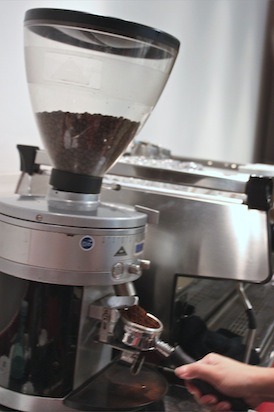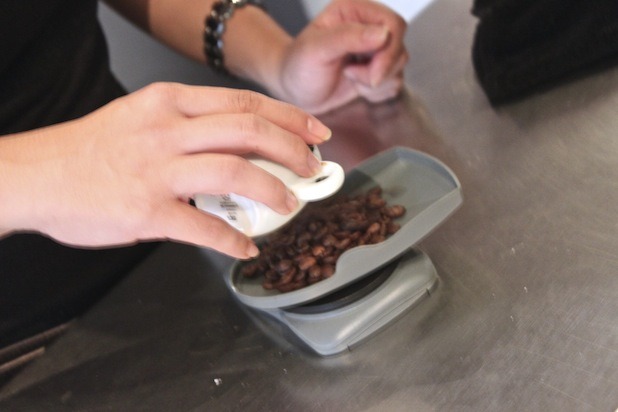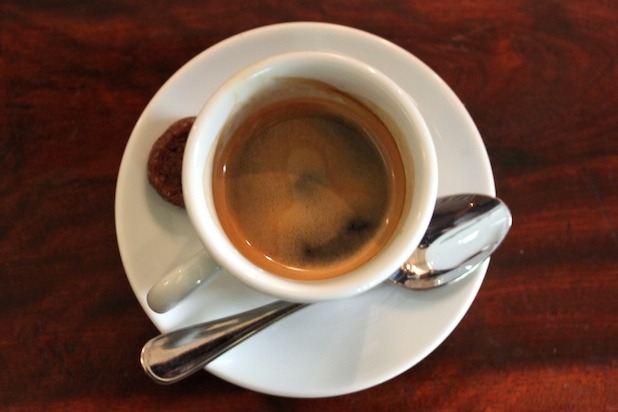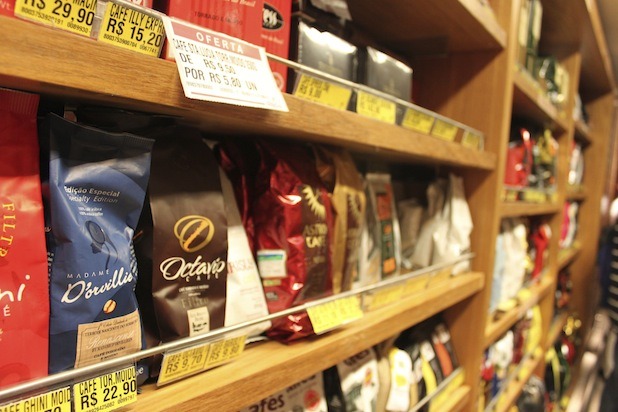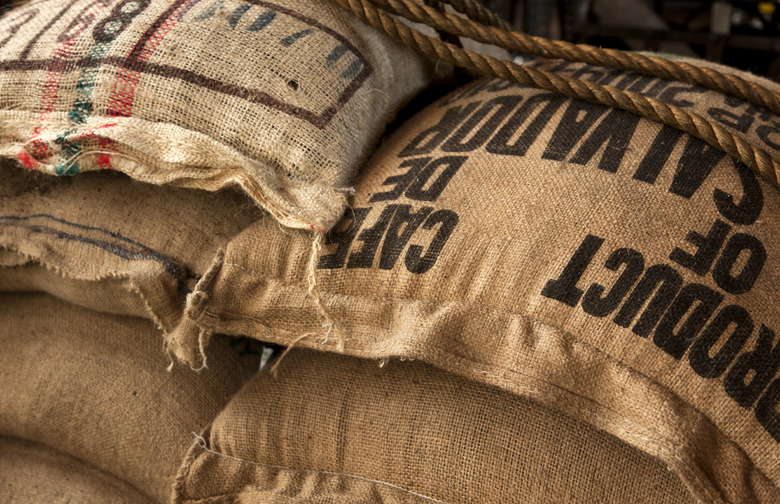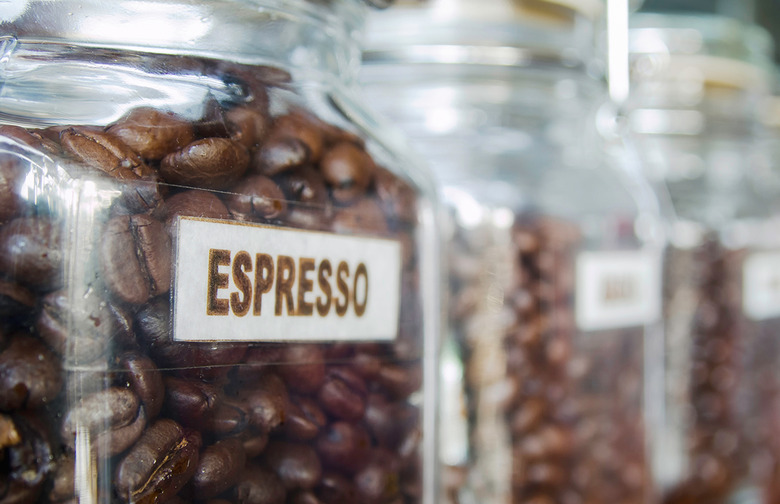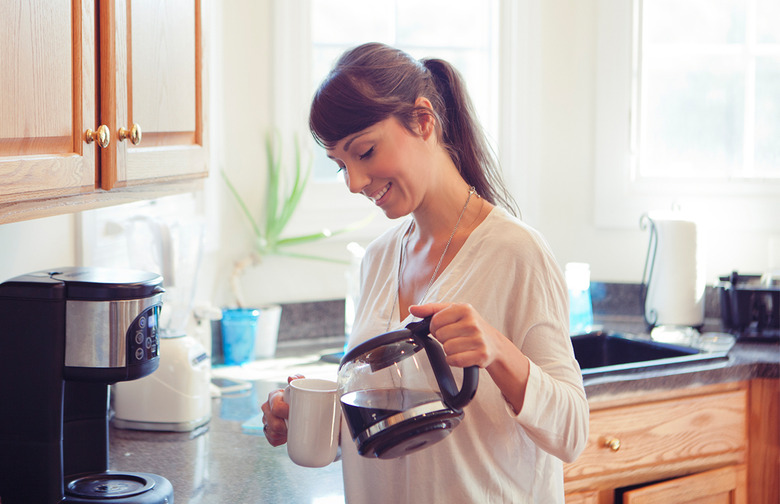How To Make Better-Tasting Coffee Slideshow
It's important that the size of the coffee grind corresponds to the brewing method you're planning on using. Coffee made with a French press, for example, needs to have a coarser grind, whereas something like espresso or Turkish-style coffee requires a very fine grind. And if you're serious about making better coffee at home, experts like Moore will tell you that it's worthwhile to invest in a good home grinder and grind as you go. (The burr-style grinder is a favorite among coffee geeks and will run you about $100-200).
Better Water Makes Better Coffee
That, "You get out of something what you put into it," philosophy very much applies to making a good cup of coffee. Aside from the quality of the coffee beans themselves, using good quality, filtered water is another crucial detail. And don't forget that the temperature of the water you're brewing with is important, too. The general consensus seems to be that you want the water between 195 and 205 degrees Fahrenheit.
The Ratio Rationale
In order to achieve optimal extraction, the ratio of water to coffee grinds needs to be correct, as does the brewing time — under extract and you'll end up with a coffee that is thinned out and watery; over extract and the coffee will be intense and bitter. It's generally recommended to use two tablespoons of coffee for every six ounces of water and to brew for about four minutes — or to at least keep the brew time consistent. (Some experts even advocate measuring out your ingredients on a scale!)
Get It While It's Hot!
Drink your coffee right after it has been freshly brewed. Sure, it may seem obvious and logical, but it's an important piece of advice to keep in mind especially when you're measuring out how much coffee to make. Because the flavor of coffee starts to deteriorate soon after it has been brewed and becomes more bitter the longer it sits on a warmer, most advise only making as much as you plan on drinking immediately.
How Much to Buy
Just as it is important to pay attention to the amount of coffee you brew at one time, it is also key that you not buy more coffee beans than you need. Moore advises that it is best to only buy as much coffee as you think you're going to drink within a week or so. This will help ensure that the coffee you have on hand is always fresh, which is essential to making a better-tasting cup.
Pay Attention to the Roast Date
Especially among today's better-quality specialty brands, it is becoming increasingly more common to find detailed information about the coffee printed right on the bag. Case in point: The "roasted on" date, which in many ways acts as a "best by" date. The closer a coffee is to its roast date when you consume it, the more intense and aggressive the flavors will be.
Tips for Storing
As coffee is quite the temperamental product, there are not many environments that coffee beans or grinds find "friendly," so to speak. "Coffee hates air, light, heat, and moisture," explains Moore. After you first open a bag of coffee, he recommends storing the rest in an airtight container in a cool, dry place. And don't make the mistake of storing coffee in your refrigerator or freezer, as it risks absorbing some of the flavors of surrounding ingredients.
Give Your Coffee Machine a Good Scrub (Just Not with Soap)
When you've gone to the effort to make a really good cup of coffee, the last thing you want is to end up with a cup that doesn't reflect that freshness because it's been a while since you last cleaned your machine. You don't want to taste the remnants from last month's batch in this morning's cup, after all. (Click here for some advice on how to clean your machine.)
